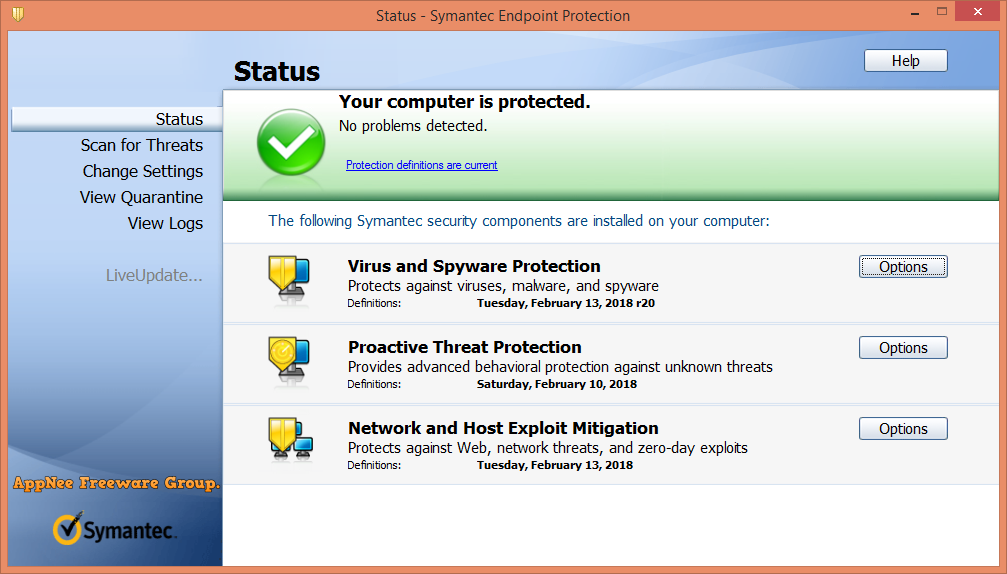

- #DEPLOY SYMANTEC ENDPOINT PROTECTION WINDOWS 10 HOW TO#
- #DEPLOY SYMANTEC ENDPOINT PROTECTION WINDOWS 10 INSTALL#
- #DEPLOY SYMANTEC ENDPOINT PROTECTION WINDOWS 10 UPDATE#
- #DEPLOY SYMANTEC ENDPOINT PROTECTION WINDOWS 10 SOFTWARE#
So after talking with Symantec, it's clear that their tech support doesn't seem to know Mac stuff too well.


This way you can customize the settings required by your organization. It’s recommended to create your own Antimalware policy. In addition, you can also use additional policy templates that are supplied or create your own custom Antimalware policies to meet the specific needs of your environment. You can either edit the default client Antimalware policy or create a new Antimalware policy defining settings and apply them to your computers. When you enable Endpoint Protection role in SCCM, a default Antimalware policy is applied to client computers.
#DEPLOY SYMANTEC ENDPOINT PROTECTION WINDOWS 10 INSTALL#
You must create an Antimalware policy soon after you install the Endpoint protection role in SCCM. The Antimalware policy includes information about the scan schedule, the types of files and folders to scan, and the actions to take when malware is detected.Īntimalware policies when deployed to the device collections specify how Endpoint Protection protects them from malware and other threats. Install Endpoint Protection Client Create Endpoint Protection Antimalware Policy
#DEPLOY SYMANTEC ENDPOINT PROTECTION WINDOWS 10 HOW TO#
Let’s see how to install the Endpoint protection role in SCCM:

Note: When you install an Endpoint Protection point, an Endpoint Protection client is installed on the server hosting the Endpoint Protection point. Learn how to install WSUS for Configuration Manager.
#DEPLOY SYMANTEC ENDPOINT PROTECTION WINDOWS 10 SOFTWARE#
The SCCM Endpoint Protection point role must be installed on one site system server only, and it must be installed at the top of the hierarchy on a central administration site or a stand-alone SCCM primary site.īefore you begin installing the endpoint protection role, you must have the WSUS installed and configured for software updates synchronization. Where Should I Install the Endpoint Protection Role?
#DEPLOY SYMANTEC ENDPOINT PROTECTION WINDOWS 10 UPDATE#


 0 kommentar(er)
0 kommentar(er)
